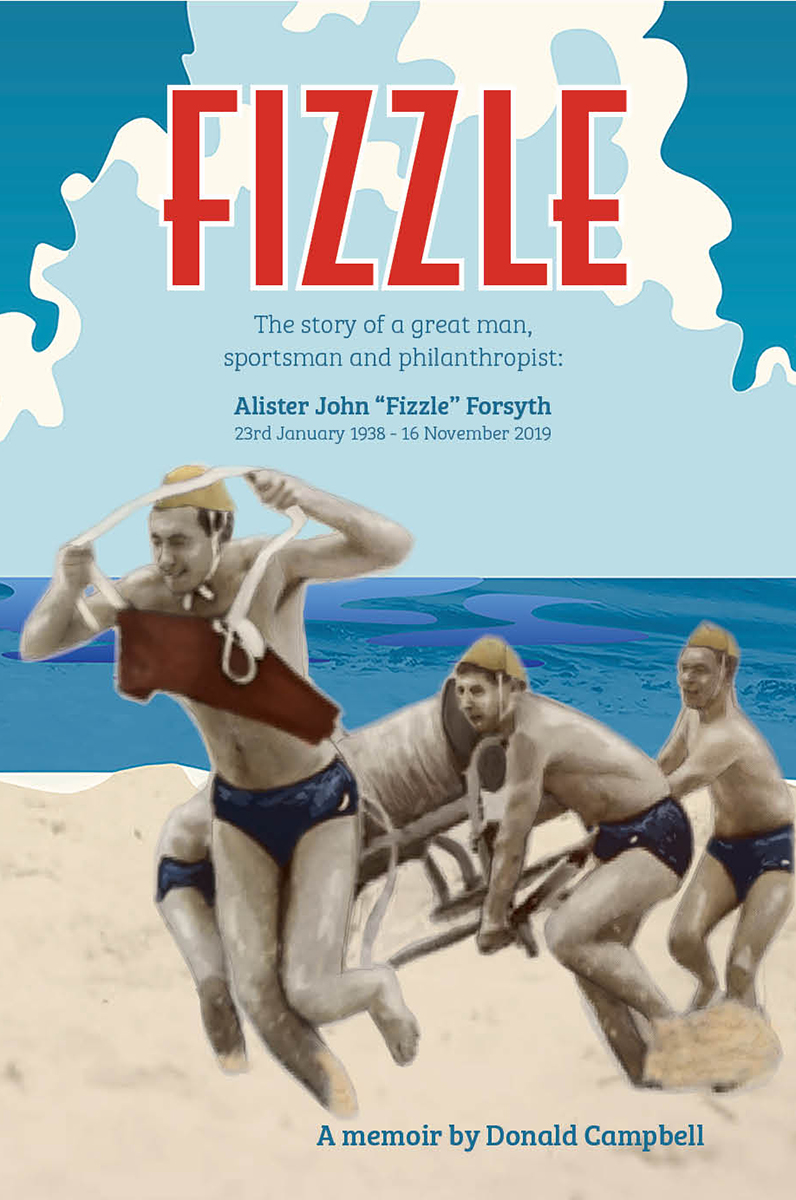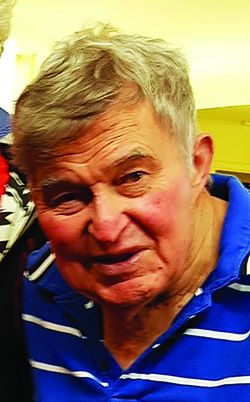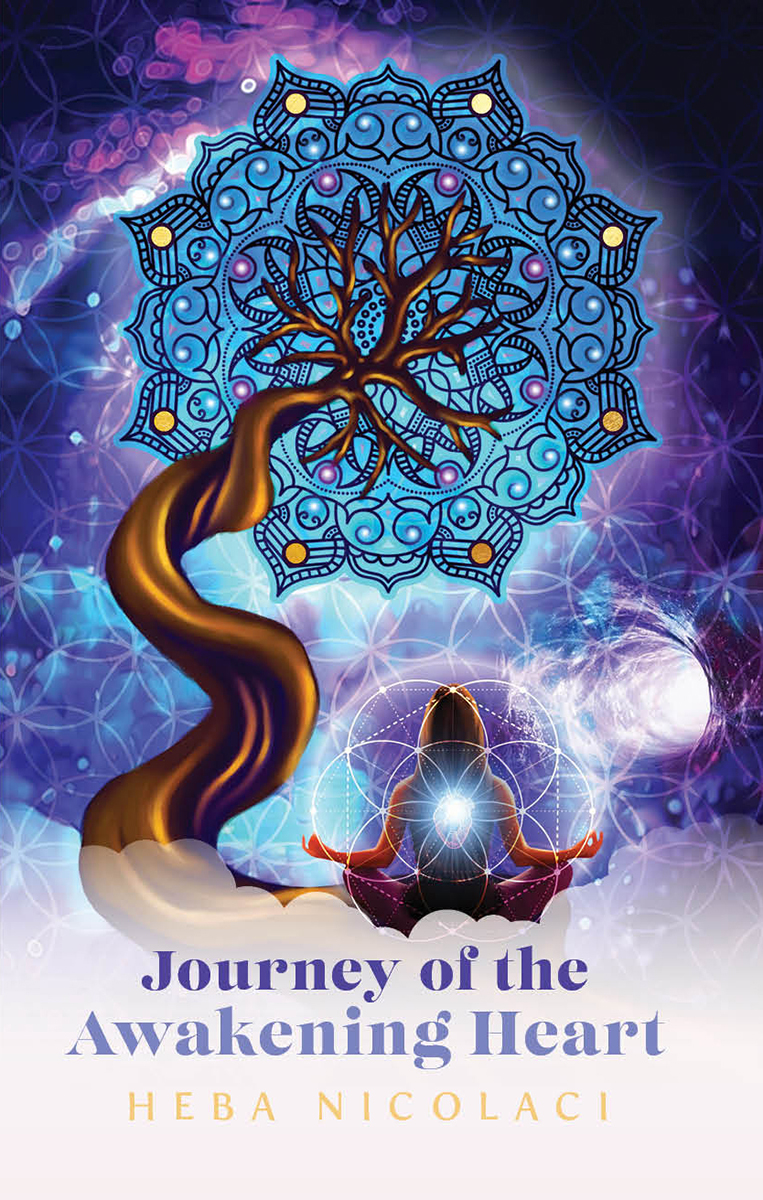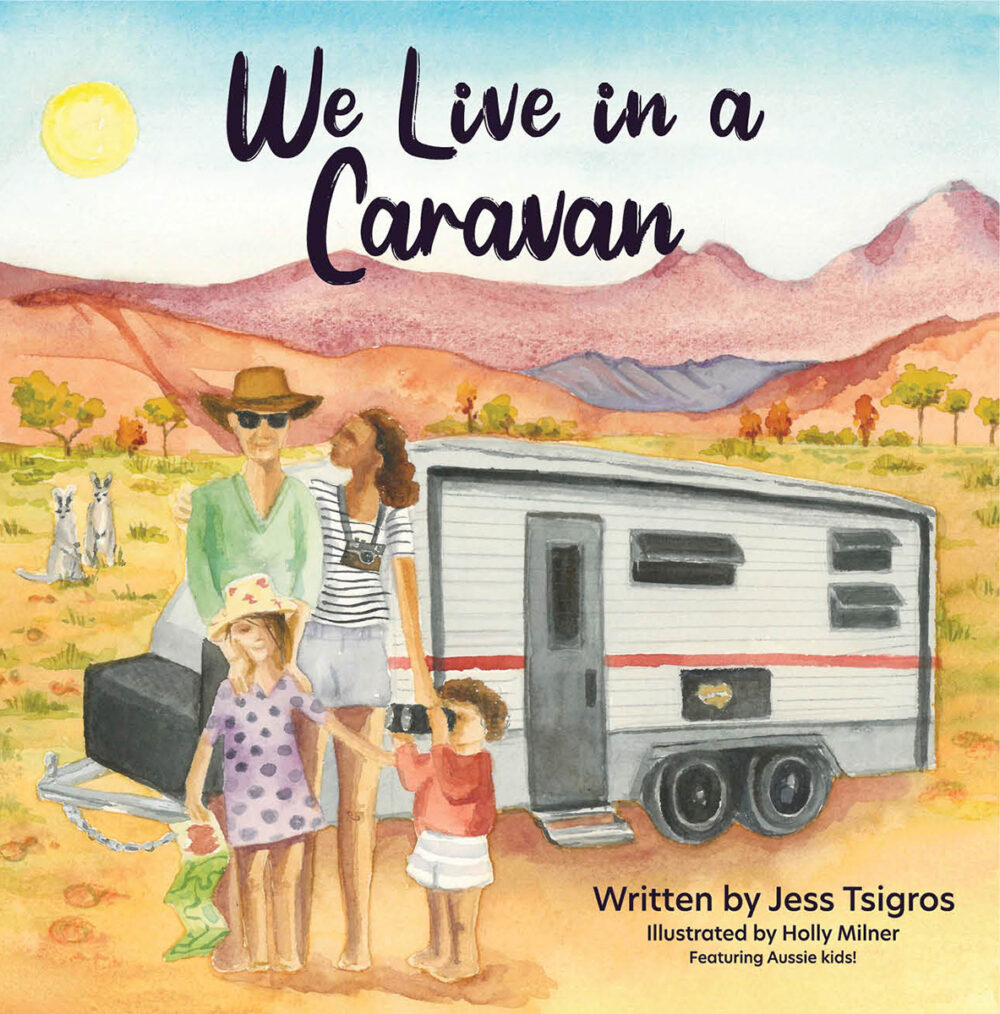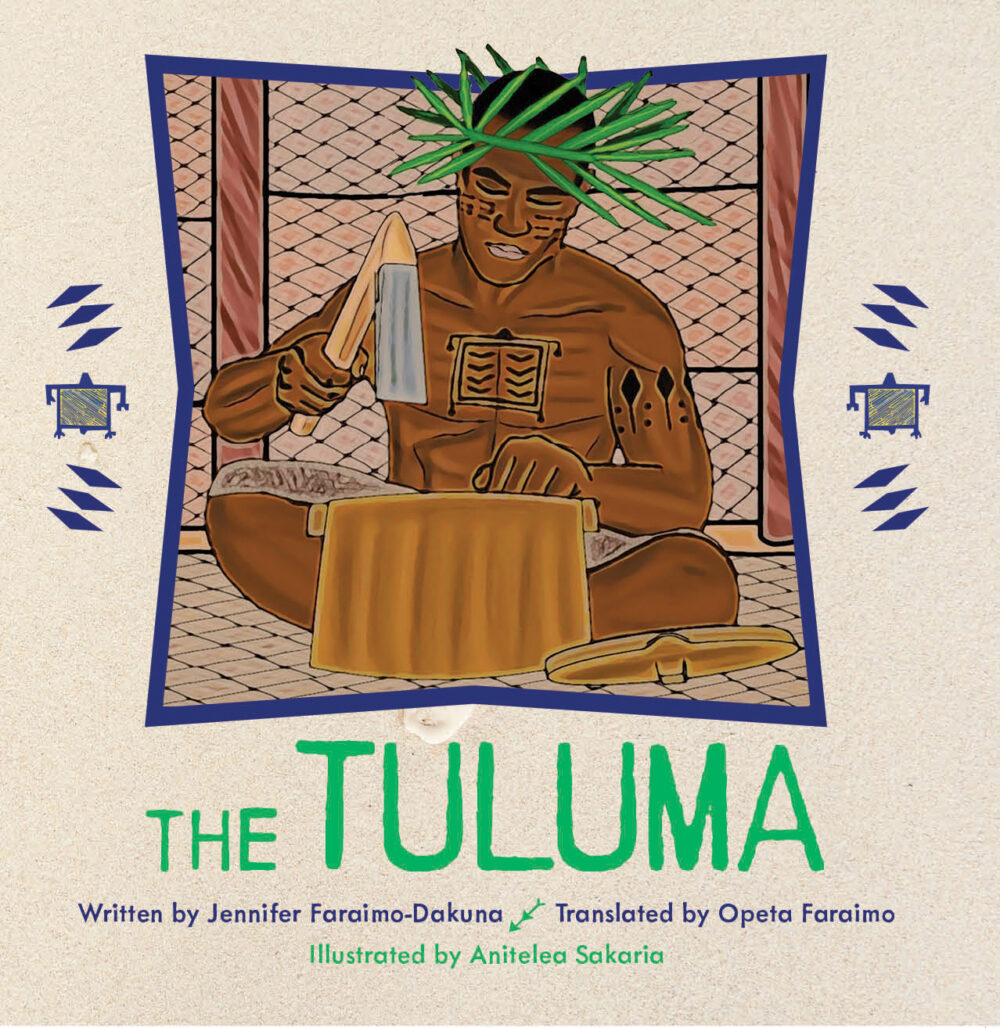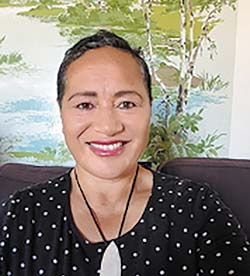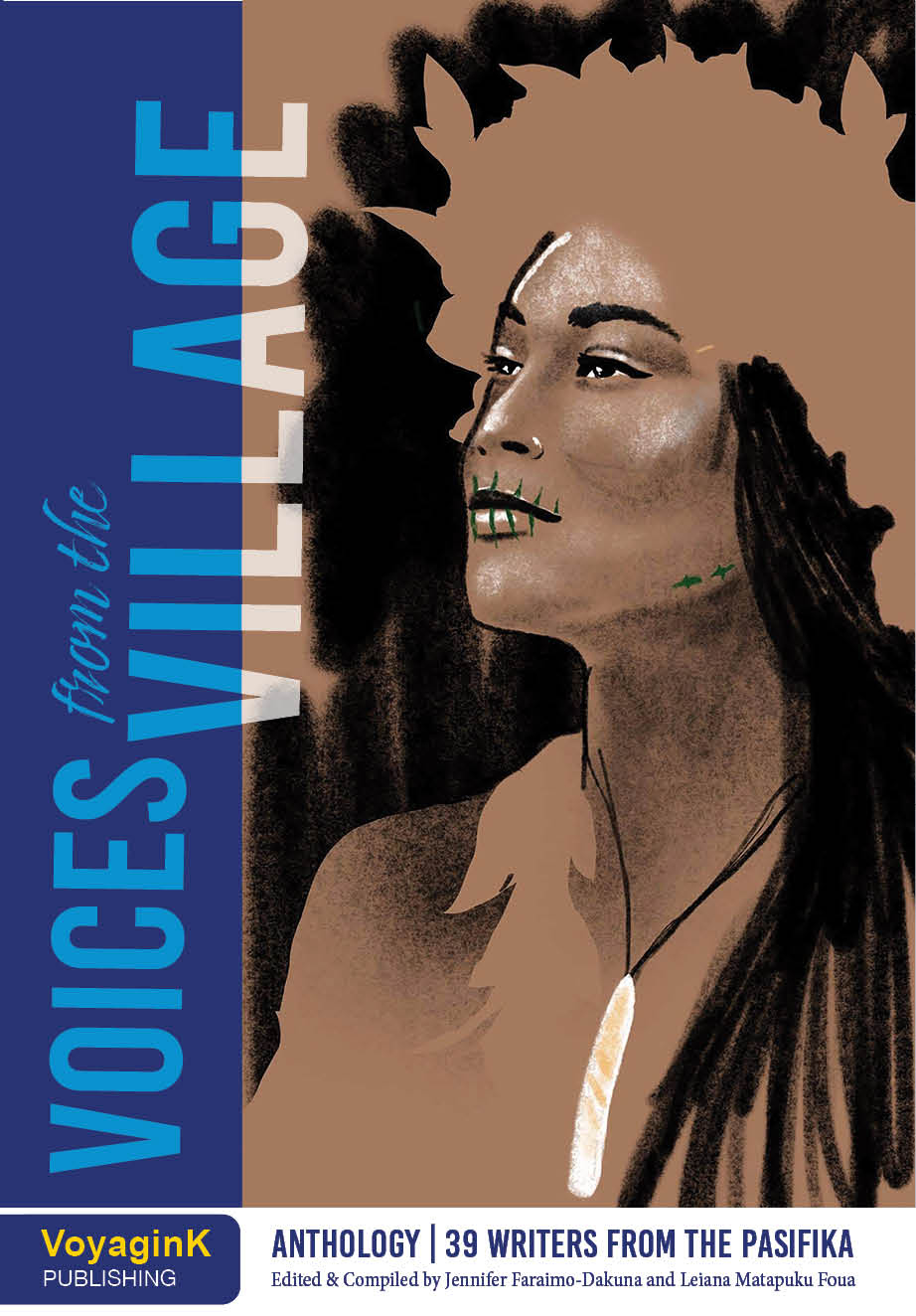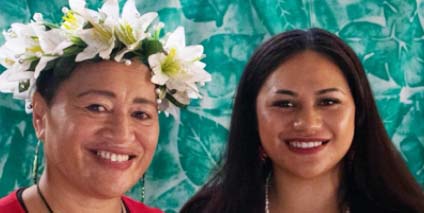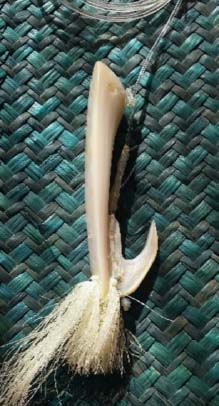CAMPBELL, Donald
ISBN 978-0-9876426-4-6
PAPERBACK
Growing with Cabrini in Victoria
Donald Campbell compiled this book due to his long association and interest in Malvern and with his close association with his family’s next door neighbour, St Benedict’s Hospital, which became Cabrini Hospital in 1948.
Dedicated to the Campbell, Hutchinson and related families.
ISBN 978-1-922722-23-2
PAPERBACK
Fizzle
The story of a great man, sportsman and philanthropist: Alister John “Fizzle” Forsyth, 23rd January 1938 – 16 November 2019
This is the abridged life story of Alister John “Fizzle” Forsyth, Senior Citizen of the year 2019 (Cessnock), Life Member Point Leo SLSC, Manly SLSC, Manly Surf Club, Manly Golf Club, Laguna Cricket Club, Harbord Frigid Frogs, Old Scotch Hockey Club and Life Member Laguna.
About the Author
I was born March 1, 1938, in Potts Point, Sydney. My father was working as an engineer on the huge Captain Cook graving docks defence project on Garden Island, in Sydney Harbour prior to and during WW2. I was evacuated back to Victoria after the Japanese submarine torpedo and shelling attacks on Sydney and Newcastle in 1942. My personal history in Malvern at No.6 Coonil Crescent predates the arrival of the Cabrini Sisters in 1948 to take over the small private hospital called St Benedicts’, at No. 5 Coonil Crescent.
After Scotch College, I studied at RMIT and qualified as a professional mechanical engineer.
Whilst there I became involved with future professionals who would be involved in the design and construction of Cabrini Hospital.
My career path resulted in me becoming a project engineer with General Motor’s Holdens at Fisherman’s Bend and working with the same consultants, architects and engineers who were working on Cabrini Hospital projects.
As years advanced I found that I was required to use many of the excellent medical services offered by Cabrini Hospital.
Consequently my background qualifies me to comment on many aspects of Cabrini Hospital and better explain how it is integrated with the structure of the Malvern community.
I have now risen to the challenge! I have written this book about Fizzle, with the assistance of his family and many friends.
Why was Alister John Forsyth called “Fizzle” by many of his close friends?
I have no idea. It was his nickname when I first met him in 1949. We were schoolboys aged about twelve. I had started at Scotch College, after completing primary school at Frankston State School. It didn’t take us long to become lifelong best friends. My nickname soon became “Cammie”, an abbreviation of Campbell.
Dictionary definitions of the word “fizzle” are not flattering, but I believe that our Fizzle has put a new fizz or sparkle into the word Fizzle.


